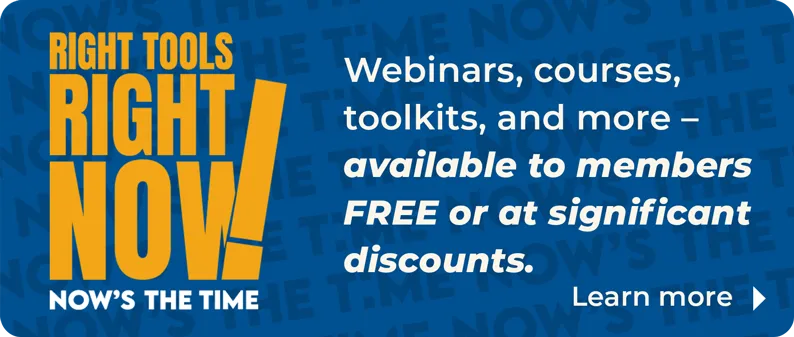
In an era when casual comfort is de rigueur, one could be forgiven for thinking that it’s just fine to match clients’ jeans and t-shirt style. If that’s your approach, you’re doing yourself a disservice, says personal stylist Alison Lumbatis. The creator of the website Get Your Pretty On, who has worked on projects with national brands from Target to Nordstrom, explains that you need to buck the trend and make sure you’re sending the right message with the way you put yourself together for the business day. First, let’s define style. It’s about more than the clothes you wear or simply having a neat, unrumpled appearance. It’s also about how you present yourself to the world through your body language, how you walk and talk, how you make people feel when they’re around you. All these factors weave together in the creation of your personal style.
“I started out wearing a suit and tie every day when I got licensed at 22,” says 2018 30 Under 30 standout Brian Erhahon, who appears along with fellow honorees Isabel Affinito and Randy Horn on the cover of this issue. “But now I’ve ditched the tie and still aim for a professional look.” To set what he terms a “fun” example for the 275 agents on his Keller Williams team, he’s apt to be tossing around a Nerf football during office meetings or ringing the office bell to celebrate the success of a colleague on the team. “My style is wrapped around energy and spontaneity.”
Maximizing your style means making the most of the traits you have and being your most authentic self, if sometimes with a bit of polishing up. Horn brands himself as “Real Estate Randy” on his website and on Instagram, where he wants potential clients to connect with him through real-time photo stories so that followers can see him in action during the business day. “It’s a catalyst for new opportunities. I see it as a modern résumé,” says Horn. A standing weekly visit to his barber Nick in Boston’s South End not only keeps him looking sharp but also solidifies the bond he has with his haircutter, who regularly refers him real estate clients. “My business cards are right next to the clippers,” he says.
Affinito’s style centers on “being present” with her clients, which is not as simple as it sounds. “I go deep with people. I help them figure out what they want out of life and what kind of lifestyle they want to have,” she says. “And they get to know the real me as well. It’s hard for us not to be vulnerable with each other.” Many of the Austin, Texas, agent’s clients have become close friends, which she sees as one of the most successful aspects of her business. “I don’t spend time worrying what people think of me and it’s hard for anyone to make me uncomfortable. I’ve made a real effort to become that way.” What sets her apart from other busy agents: She puts her phone into airplane mode during listing appointments to eliminate the distraction and keep her focus where it belongs. It’s a gesture her clients have noticed and appreciated.
A professional wardrobe is important, but it’s best to figure out how it complements your individual style. Affinito opts for low-maintenance attire built around solid colors, which aligns with stylist Lumbatis’ advice to create a daily uniform that works for you. A uniform can simply be an “outfit formula” that you can easily recreate each day. For men, this could be a button-down oxford shirt, slacks, a nice belt, and some great loafers. Women have a little more flexibility (and fun) with their choices. One no-fail outfit formula is a pencil skirt, printed blouse, and comfortable heels. The key is to have different pieces that fit into your formula so you can combine them into daily mix-and-match outfits.
At the end of the day, what you’re wearing and how you present yourself must be an accurate reflection of who you are. Clients want to do business with people they trust; being true to yourself is an extension of that commitment, notes Lumbatis. Being able to confidently and professionally present your real self is an important factor in your success that you are wholly in charge of—a point worth remembering in a business filled with unpredictability and forces beyond your control.
Erica Christoffer contributed to the reporting of this story.








